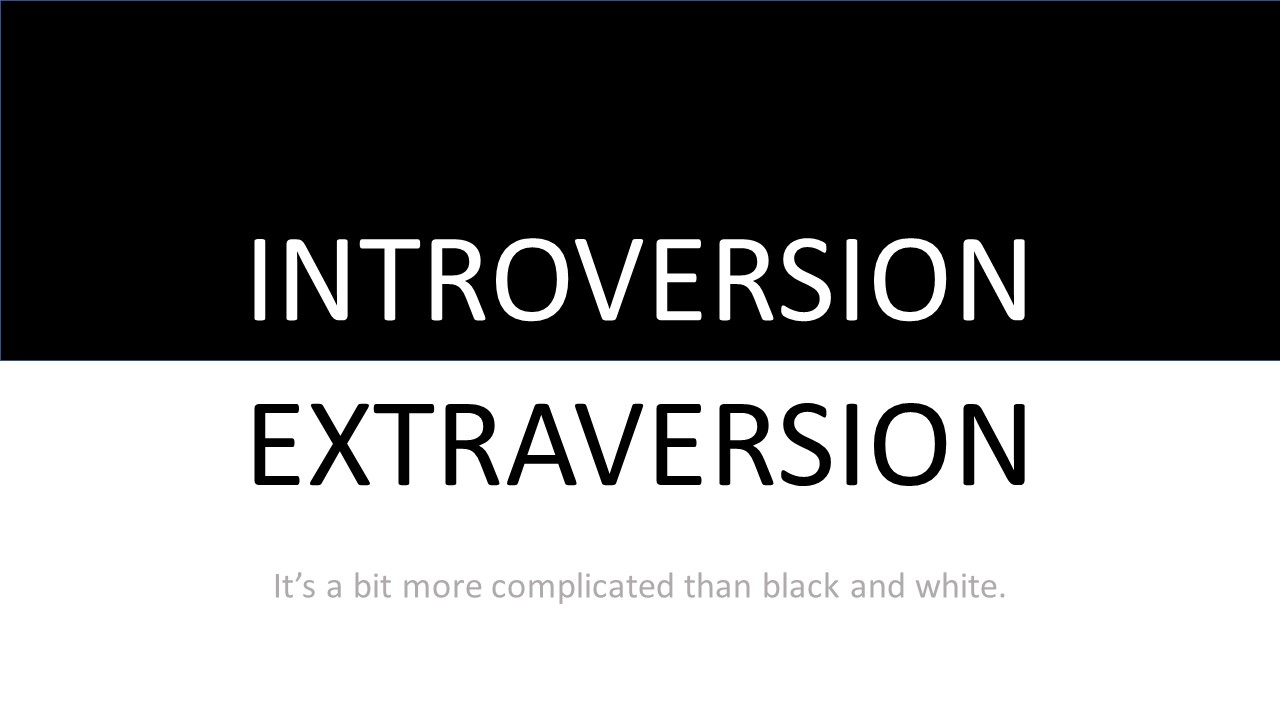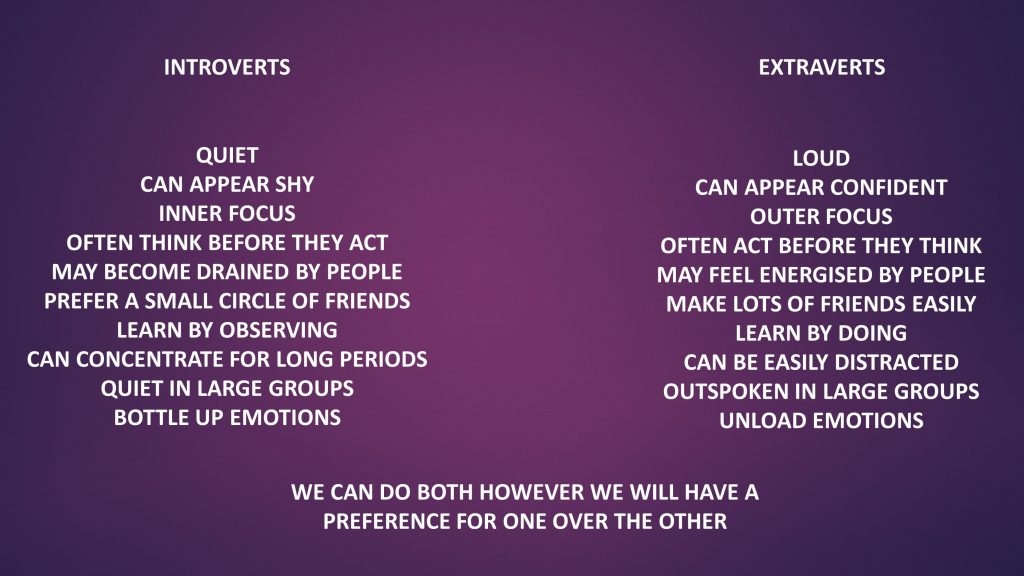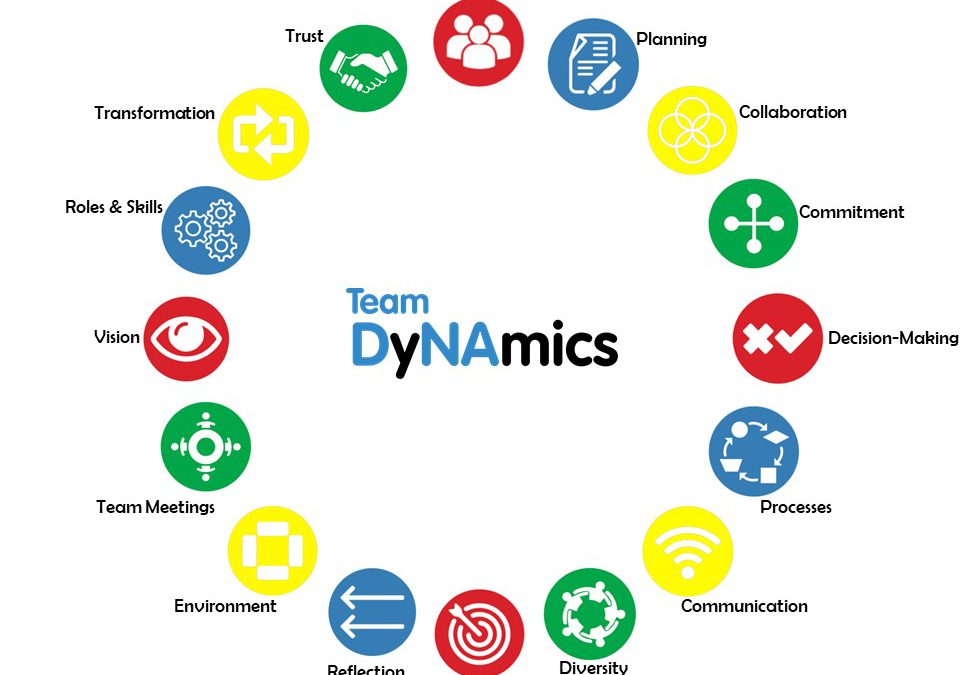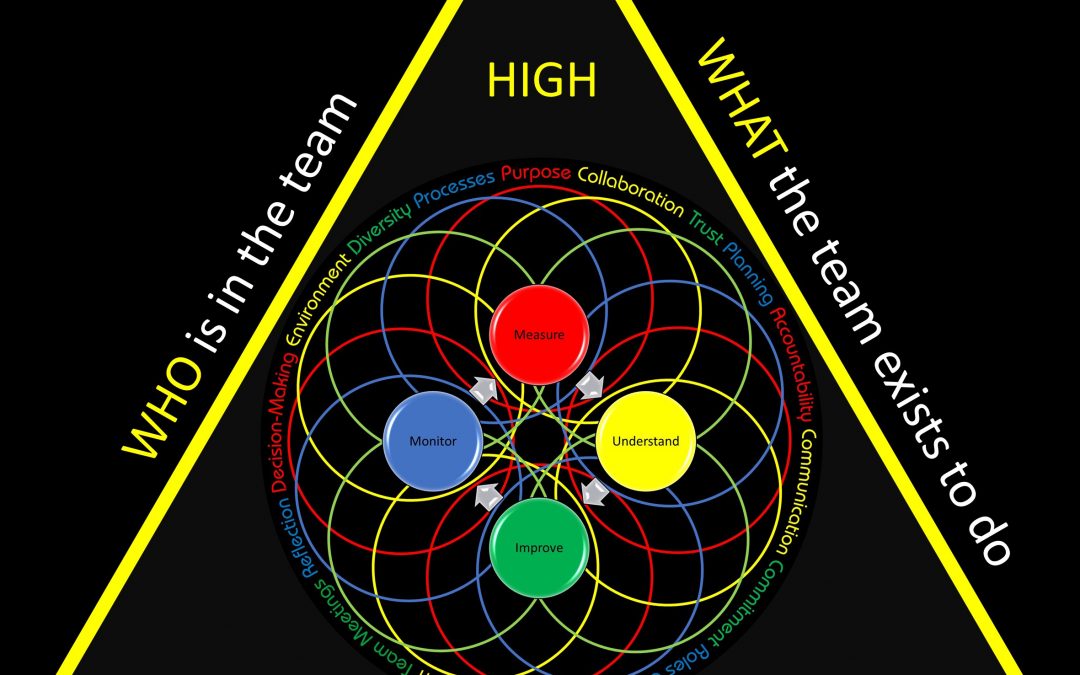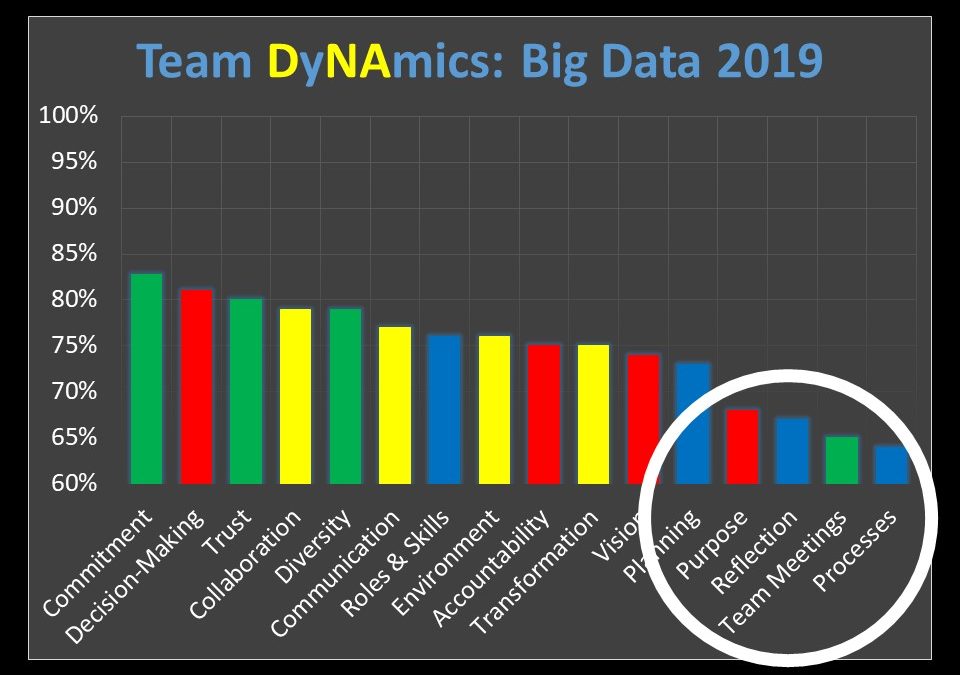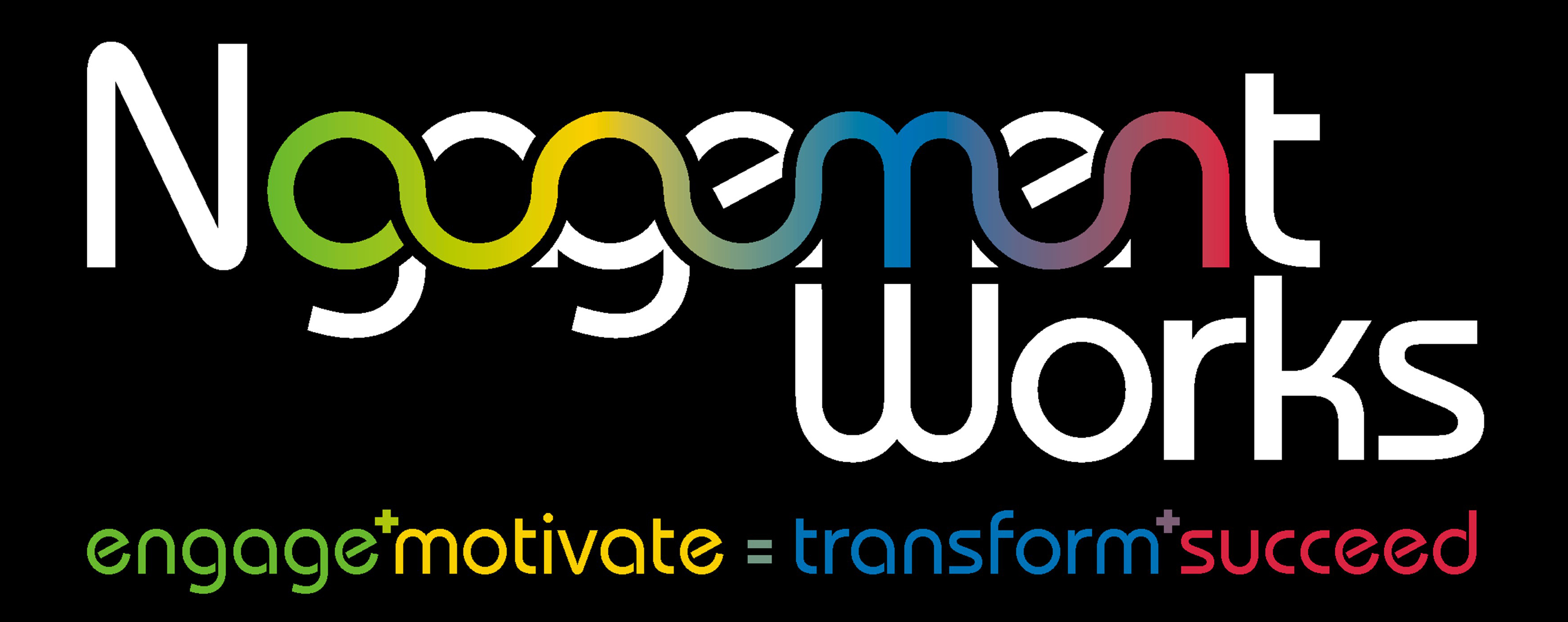There are two things that you need to understand, if you and your team are to achieve high-performance teamwork.
- WHO is in your team. Understanding both the behavioural and technical skills that team members have.
- HOW effectively you are working as a team. There are 16 key Elements, that need to be measured and understood, in terms of what is working well and what is not working so well.
People and Technical Skills
Focussing on WHO is in your team, there are two generic skillsets that each and everyone, brings to a team.
Technical Skills of team members can be gleaned from HR records, their CV, certificates of achievement and simply by speaking to them. Some of this information will need to be cross-checked and once done, can then be shared amongst the team, to enhance collaboration.
The second part of the WHO and equally important is an understanding of the People Skills which include the different behavioural styles that each team member has.
Psychological profiling will support a better understanding of these styles, or preferences and the majority of profiling tools in the marketplace, enable three and sometimes four behavioural preferences to be measured.
It’s not personal, it’s behavioural
The biggest cause of misunderstanding, miscommunication and dysfunction between individuals, which is important for everyone on your team to understand, is the difference between one of these behavioural preferences termed Introversion and Extraversion (commonly misspelled as Extroversion).
Both terms have their origins in Latin. Intro means within or inside and Extra means outer or outside. Vertere is the Latin verb to turn. So, Introverts turn within themselves, whilst Extraverts turn outside of themselves.
These two phrases were coined by the world-renowned Swiss psychologist, Carl Gustav Jung. Jung used these two words to describe where we get our behavioural energy from and they also have an impact on our communication style, behavioural skills and needs.
Introverts primarily get their behavioural energy from within themselves, whilst Extraverts get their behavioural energy from interacting with others.
We can do both, however, we all have a preference for one over the other. The analogy that can be made is to do with which hand we write with. Whether we write with either our left or right hand, we all will have one that we feel more comfortable using and prefer. However, if we injured our preferred hand, we could still write with our other hand, albeit it wouldn’t be as comfortable and not as legible as our preferred hand.
Our frustration and difficulty with others, is largely due to our behavioural preferences being different to those of others. To achieve high-performance and succeed as a team, we need to have a paradigm shift, so as not to see colleagues as difficult, however different to us and not to be frustrated by how they do things, however, fascinated that they do things in a different way to us.
To enable us to have this paradigm shift, we need to first understand and value these different preferences, ensuring everyone appreciates them and also making sure that everyone’s needs are met.
What Is Your Preference?
Below are some phrases that are associated with Introverts and Extraverts. Read through them and make a note of the ones that resonate with you. The more you choose from one group over the other, the more of a preference you will have for that attitudinal function.
Introverted Preference
- May be seen by others as being reserved, shy or reflective
- Prefer to work in an environment with few distractions and little noise thus allowing concentration on the task in hand
- Have the reputation of being a good listener
- Hesitate giving an immediate response to a question, preferring to take time to think about it
- Find it difficult to express your opinions in a group situation
- Find it uncomfortable being in the spotlight
Extraverted Preference
- Find it comfortable to voice your opinions in meetings
- Are more comfortable working and generating ideas with a group rather than working alone
- Become easily engaged in conversation, even with strangers
- May tend to dominate conversations
- Be easily distracted from what you are doing
- Speak first before thinking and sometimes regret it
If you have an equal amount of Introverted and Extraverted phrases that resonate with you, then you are more likely, to be an Ambivert, someone who has more of a balance between the two. Remember, there is no right or wrong, just your preference and who you are.
What I Bring To A Team
Introverted Preference
Those with an introverted preference often show a calm, self-contained and distant exterior, mentally absorbed in solving problems and analysing situations. Steady and reliable, they stick to rules and conventions. Self-sufficient and realistic, they are meticulous and painstaking in their attention to detail.
Skills – Planning, Organisation, Time Management, Product Knowledge & Analysis.
Extraverted Preference
Those with an extraverted preference often demonstrate a creative ability and use their intuition to spot possibilities and solutions. They prefer the excitement of the new, rather than the predictable. Comfortable with working with many projects, people and situations, where they can see the results of their labour making a positive difference.
Skills – Drive, Enthusiasm, Positive Thinking, Results Focussed & Verbal Communication
As can be seen from the above, both preferences bring different, yet equally valuable skills to a team, so understanding these difference is a vital foundation upon which success is built, as if you don’t you will experience negativity between individuals and frustration.
Reactions When My Needs Are Not Met
Introverted Preference
They may withdraw and procrastinate, finding it difficult to focus and apply themselves. They may also become extremely critical and sarcastic and insist on doing things ‘by the book’.
Extraverted Preference
They may become easily distracted, jumping from one thing to another without finishing anything, even becoming rebellious troublemakers. They may ignore structure and schedules and begin to generate all the negative possibilities.
We all have a “sixth sense” of observing when are colleagues are not behaving normally and it could be that their needs are not being met. In these situations, the simplest, yet most effective thing to do, is to ask them, “Is everything OK?”
What Happens In Meetings?
Meetings tend to be the life-blood of communication in a team. Whether it is with your team, stakeholders, customers or suppliers.
In these meetings, you are invariably going to have a mixture of both those with a preference for Introversion and those with a preference for Extraversion.
At a high-level, in meetings, those with a preference for Introversion “think before they talk”, whilst those with an Extraverted preference, do the opposite, they “talk before they think”.
Quite simply, Extraverts like to share their ideas and views openly and therefore tend to hog the airwaves and are often perceived by Introverts as coming to the meeting unprepared and just throwing out ideas without much substance behind them. Introverts on the other hand, are comfortable to just sit and listen and absorb the communication going on around them.
Extraverts may therefore be thinking about Introverts “Why aren’t they speaking up and contributing?” whereas Introverts may be thinking about Extraverts “Why don’t they just shut up so I can add something to the conversation?” You’ll probably associate with one or the other of the above and no doubt have experienced this in meetings you’ve been to.
How Can We Better Meet The Needs Of Everyone?
Below are some tips that are tried and tested in making meetings more effective for everyone.
- Get the agenda out early. Introverts prefer time to gather their thoughts and prepare whereas Extraverts can often speak ‘off the cuff’.
- Go around the table to give everyone the opportunity to express their views. Introverts will appreciate not having to struggle to be heard.
- If you preference is Introversion, push yourself to speak up and share your thoughts and views. If your preference is Extraversion, keep quiet to allow Introverts to have their say and wait until it is your turn.
- Introverts – nod your head and smile when your Extraverted colleagues are speaking, they need signals that you are engaged with what they are talking about. On the other hand, Extraverts please allow your more Introverted colleagues time to finish their sentences.
- If the meeting involves a large group of people, consider breaking out into smaller groups to discuss an idea. Those with a preference for Introversion tend to find it easier to open up in a smaller group.
- Consider writing questions down on a piece of paper and handing them around the group for people to add their individual comments. Works well for both Introverts and Extraverts.
- Make a note of Any Other Business however don’t go into the detail of this at the meeting, add it onto the agenda for the next meeting so people, especially those with an Introverted preference, can prepare to discuss it in more depth.
- Keep 2-way communication channels open for a while after the meeting, in case someone has a great thought or idea after the meeting has finished.
So, in summary, in order to achieve high-performance teamwork, make sure that everyone knows WHO is in the team, from both a technical and behavioural perspective and that these differences are understood, valued and appreciated by everyone. In doing so, you will increase your chances of success.
If you want to know more about HOW to measure your team effectiveness, using Team DyNAmics, use this link which will take you to the Team DyNAmics page.
